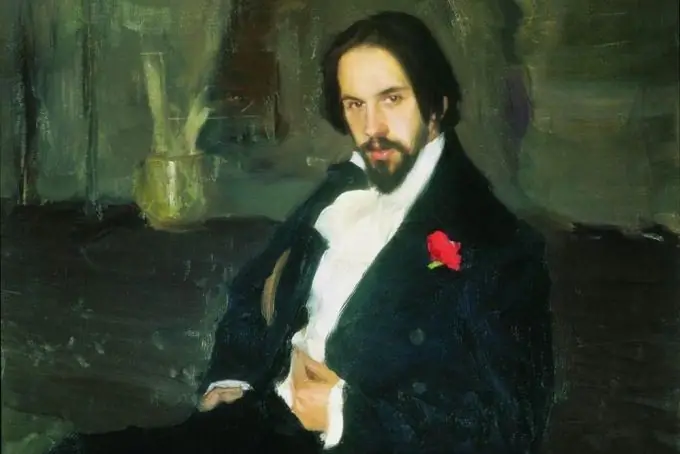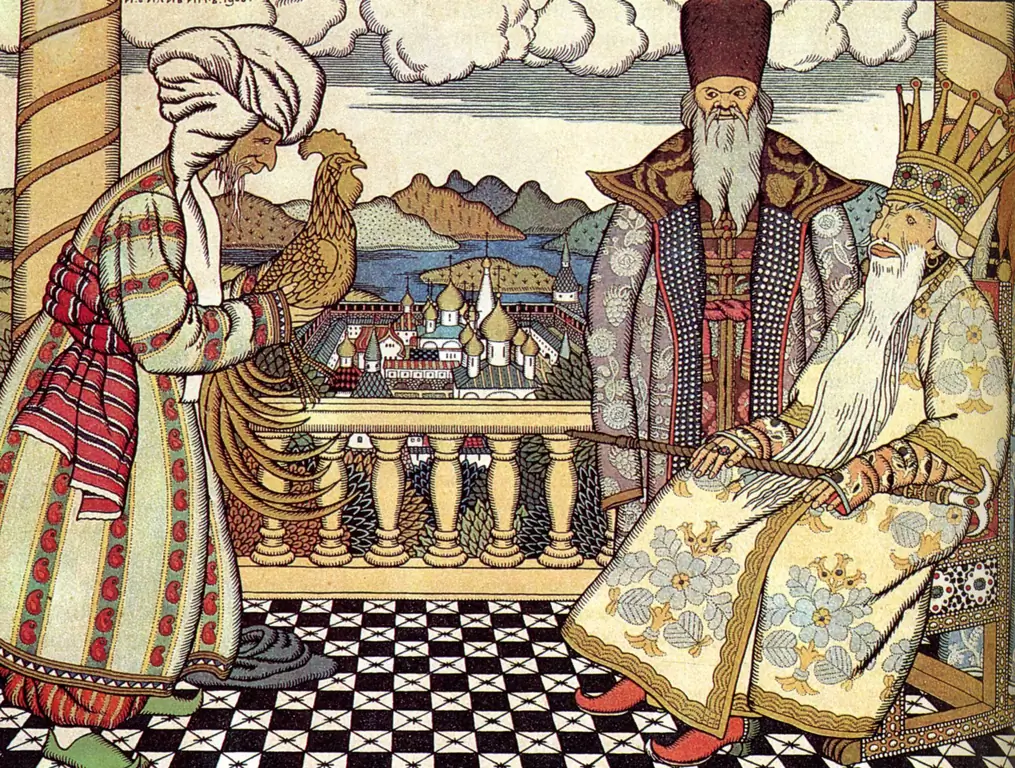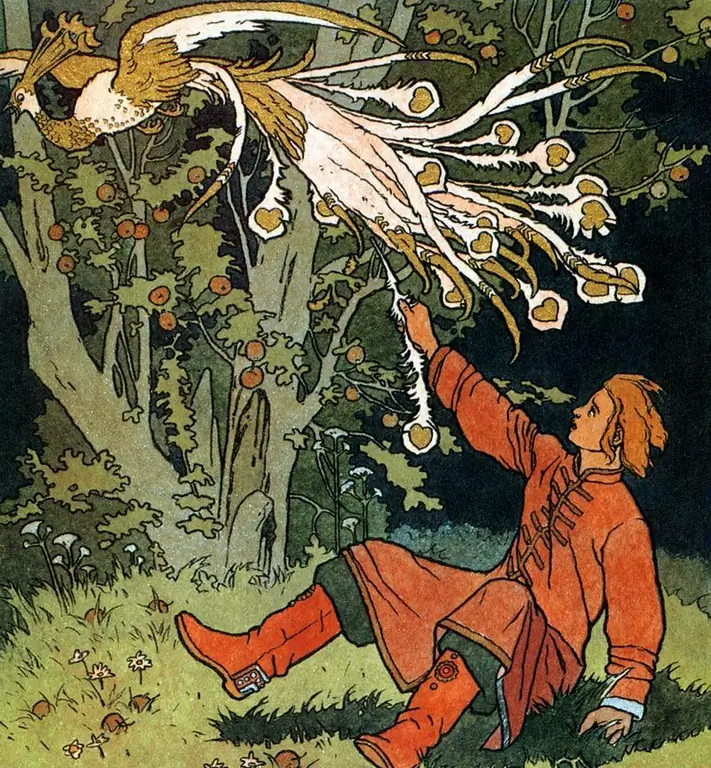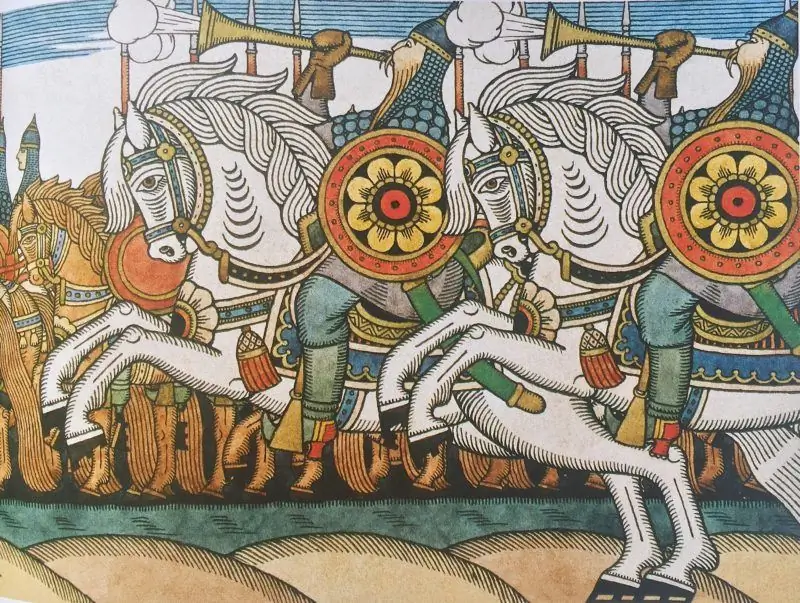- Author Antonio Harrison [email protected].
- Public 2024-01-09 15:32.
- Last modified 2025-01-22 21:44.
Ivan Bilibin is a famous artist of the Soviet era. First of all, he became famous for his illustrations for Russian folk tales. More than one generation of Soviet children grew up on books with colorful and original pictures of Bilibin.

Biography: early years
Ivan Yakovlevich Bilibin was born on August 16, 1876 in St. Petersburg. His father was a military doctor. Bilibin became interested in drawing in early childhood. He received a law degree, but his love for paint and brush still took its toll. Bilibin entered the Drawing School. He later graduated from the Academy of Arts. Bilibin practiced in the workshop of the Austro-Hungarian master Anton Ashbe in Munich, took lessons from Ilya Repin.
Soon he joined the creative association "World of Art", which was created by the artist Alexander Benois and the legendary impresario Sergei Diaghilev. Bilibin began to make illustrations and write articles on folk art for the magazine of the same name. He also took part in exhibitions.

Creation
At the beginning of the 20th century, many Russian artists were interested in ancient Russian culture. Bilibin was no exception. In 1902-1904, he made several trips to the Arkhangelsk, Vologda, Tver and Olonets provinces. The artist managed to collect a wealth of material on Russian folk art. Bilibin published a number of articles on the art of the Russian North, folk clothing and wooden architecture. Sketched embroidery, painting on dishes, carved wood ornaments - all this he began to use when creating his famous illustrations for fairy tales.

It was folk art that formed the basis for the artist's unique style, which was later called "Bilibino". His illustrations are characterized by a clear outline, bright saturated colors, intricate ornaments. For his love of strict lines, colleagues nicknamed the artist "Ivan - an iron hand". Bilibin made drawings for many Russian folk tales, including "Vasilisa the Beautiful", "The Frog Princess", "Frost", "Ivan Tsarevich, the Firebird and the Gray Wolf".

In 1920, the artist emigrated from Russia. The reason for leaving was dissatisfaction with the power of the Bolsheviks. He lived in Alexandria, Cairo, Paris. Bilibin and in a foreign land continued to do what he loved. He illustrated books, "exhibited" in many European cities.
In 1936, Bilibin returned to his homeland and began to live in Leningrad, where he became a professor at the graphic workshop of the Institute of Painting, Sculpture and Architecture named after V. I. I. Repin. The news of the beginning of the Great Patriotic War found him in the city on the Neva, which he did not want to leave. When the Germans closed the blockade around Leningrad, Bilibin was well over 60 years old. At first, he steadfastly endured all the hardships, encouraging himself with the phrase: "They do not flee from a besieged fortress - they defend it." The artist did not live to see the lifting of the blockade. He died in February 1942 from exhaustion.






